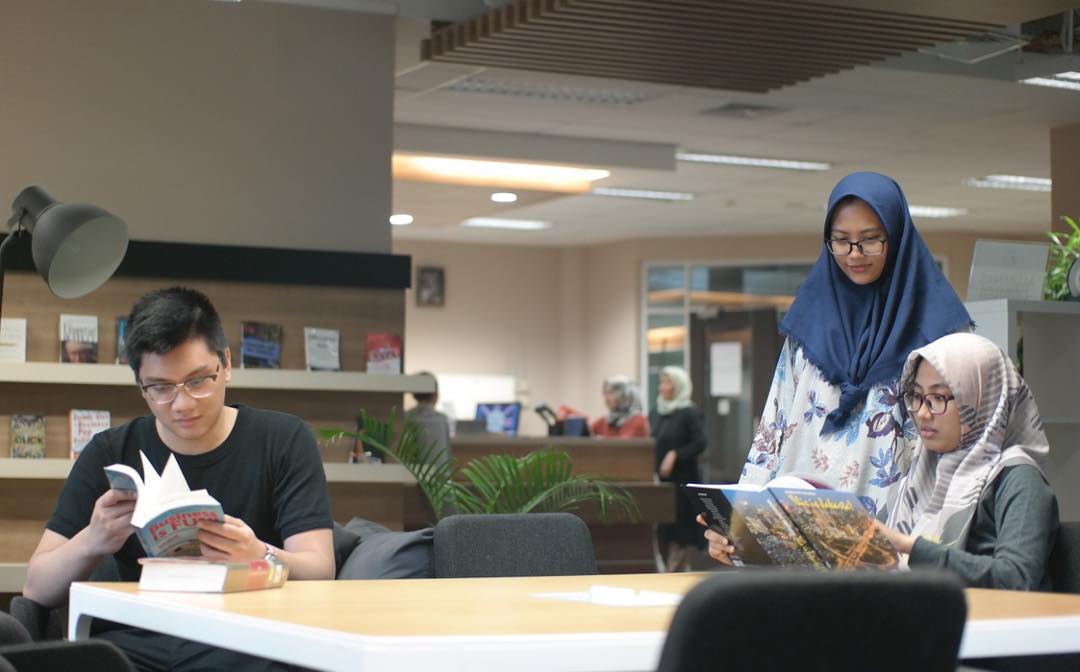Firmadi, Anizar and Budianto, Bahar and Hartanto, Handoko and Martise, Tanti (2002) Singapore Airlines Indonesia : Revenue Management in Singapore Airlines Jakarta. Project Report. Sekolah Tinggi Manajemen IPMI, Jakarta Selatan. (Submitted)
|
Text
238_Revenue Management in Singapore Airlanes Jakarta.pdf Restricted to Registered users only Download (46MB) |
Abstract
[15:55, 1/15/2020] Ipeh: Revenue Management (RM) has provided the airlines with the capability to optimize space allocations with a view to maximize revenues. The technique is to caleulate the best pricing policy for optimizing profits generated by the sale of product based on real time modeling and forecasting of demand behavior per market micro segment. Integrated control and management of price and availability with customer's willingness to pay for a service rendered at time is necessary in a way to maximize profitability and to compete more effectively in the complex and ever-changing market environment. By doing RM, Singapore Airlines (SIA) Jakarta seeks to increase revenue and reduce lost opportunity in revenue. One of the important steps in understanding the revenue management practices in SIA is to identify fare product differentiation and inventory control as the major key factors in RM. The application of seat inventory coutrol techniques in such a fare product structure allows SIA to protect seats for the most valued passengers when demand is high and not discounts passengers from filling lower demand. A powerful tool to study RM is by developing a model and analyzing its performance under various conditions. Actual revenue is obtuined by multiplying the potential uplift passenger in each sub-class to each to specific destination with the average fare to cach destination. Then multiplying total average uplift local sales in economy class destination with the highest fare generates optimum potential revenue. In implementing RM, one important aspect, which is mandatory for SLA Jakarta to record, is the demand for specific destination in each fight number in sub-classes. Monitoring financial and passenger traffic data will give clue to forecasting demand behavior, market segmentation and revenue calculation. The calculation results determine the tendency of market segmentation combined with revenue contribution to the most profitable specific areas or routes. Determination of sub- class design and its nesting structure allow the airlines to allocated seats and establish fares based on the demands per market micro segroent. Highest revenue opportunity could be achieved in inventory control implementation focusing on potential significant core customers, adapting to the recent market condition.
| Item Type: | Monograph (Project Report) |
|---|---|
| Subjects: | H Social Sciences > HD Industries. Land use. Labor H Social Sciences > HD Industries. Land use. Labor > HD28 Management. Industrial Management |
| Divisions: | Library > GFP (Group Field Project) |
| Depositing User: | Latifah Latifah |
| Date Deposited: | 15 Jan 2020 09:03 |
| Last Modified: | 22 Nov 2021 02:15 |
| URI: | http://repository.ipmi.ac.id/id/eprint/87 |
Actions (login required)
 |
View Item |

